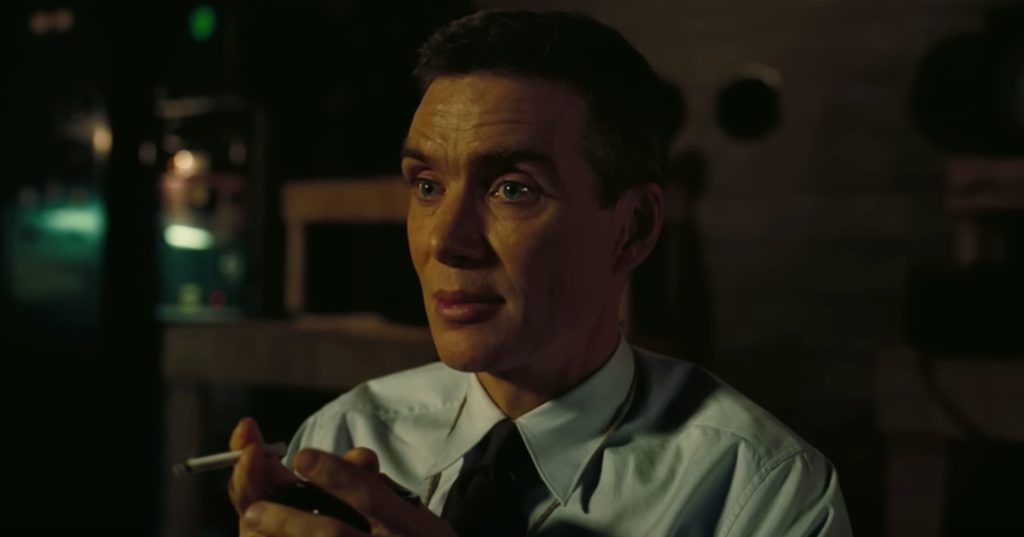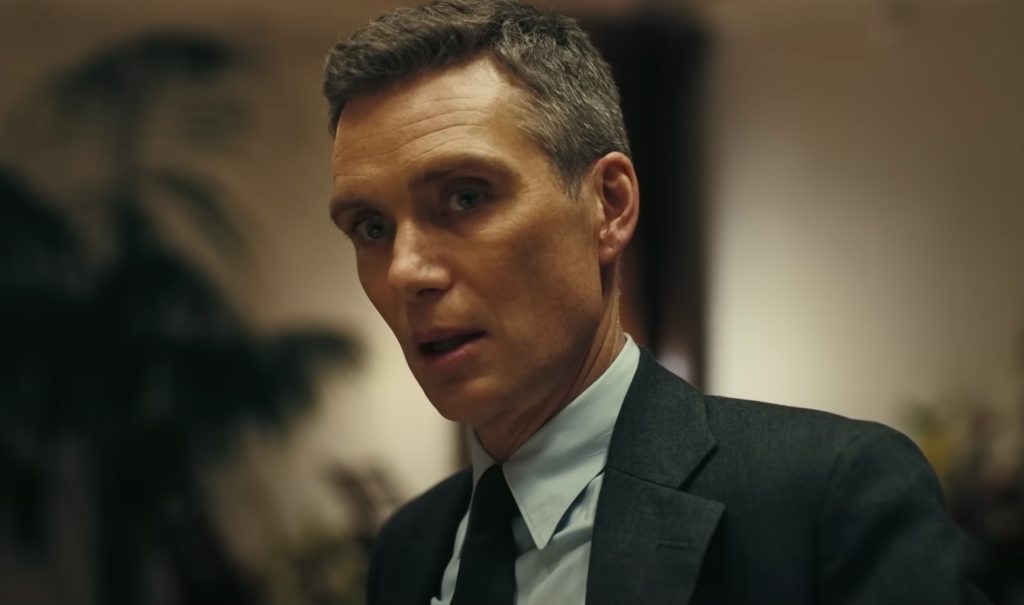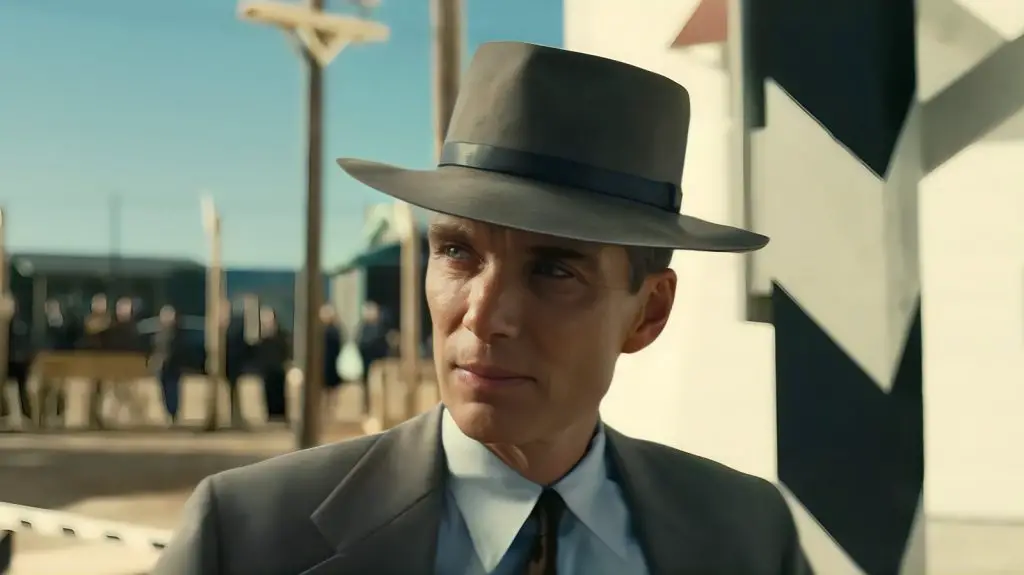In a stunning parallel of high-stakes races, renowned physicist J. Robert Oppenheimer once sought to beat the Nazis in the development of the atomic bomb, while director Christopher Nolan recently embarked on a sprint of his own. This week, Oppenheimer, Nolan’s latest directorial masterpiece, premieres in theaters, leaving lead actor Cillian Murphy astounded at the lightning speed of the film’s production.
Murphy disclosed in a recent WTF with Mark Maron podcast:
“We made the movie unbelievably quickly. We made it in 57 days. The pace of that was insane.”
Historically, as per the Imperial War Museum, the development of the real-life atomic bombs, which ultimately concluded World War II, took a grueling three years. The first devastating weapon to rain down on Japan bore the nickname ‘Little Boy’, followed by the second, known as ‘Fat Man’. In stark contrast, Nolan’s narrative of Oppenheimer’s epic journey lasted less than two months. However, the depiction of the bombs descending on Hiroshima and Nagasaki during the three-hour runtime occurs in a fraction of the real-life timeline.
The swift completion of Oppenheimer demands recognition. Comparatively, it took Nolan a substantial seven-month period (from May to November 2011) to wrap up shooting for his Dark Knight Trilogy’s final piece, The Dark Knight Rises (2012).
Murphy and Nolan Maintain Momentum in their Careers

Building Rome was a long-term undertaking, and so have been Christopher Nolan’s film ventures. Despite the filming of Oppenheimer being a 57-day affair, Nolan’s prior project, Tenet, demanded a heftier 96-day filming schedule. J. Robert Oppenheimer’s character, portrayed by Cillian Murphy, likens the experience to that of creating an independent film on colossal sets.
In the same WTF with Mark Maron podcast, Murphy observed:
The sets are huge, but it feels like being on an independent movie. There’s just Chris and the cameraman — one camera always, unless there’s some huge, huge set piece — and the boom op and that’s it. There’s no video village, there’s no monitors, nothing. He’s a very analog filmmaker.
Nolan and Murphy initially joined forces on Batman Begins in 2005, with Murphy starring as the Scarecrow, otherwise known as Dr. Jonathan Crane. Post that, Murphy has made appearances in five additional Nolan films, including the sequels to Batman Begins, namely The Dark Knight and The Dark Knight Rises.
In a conversation with the Associated Press, Murphy revealed:
I have always said publicly and privately, to Chris, that if I’m available, and you want me to be in a movie, I’m there. I don’t really care about the size of the part. But deep down, secretly, I was desperate to play a lead for him.
While Murphy seizes his golden opportunity with the lead role in Oppenheimer, he is accompanied by a stellar lineup of Hollywood’s heavyweights such as Matt Damon, Emily Blunt, Florence Pugh, Jason Clarke, Kenneth Branagh, and Robert Downey Jr.
In Conclusion

Nolan’s depiction of the high-stakes race to develop the atomic bomb during World War II in Oppenheimer is as swift and enthralling as the historical events it portrays. The film serves as a testament to both the director’s knack for fast-paced filmmaking and the cast’s ability to keep up with such an aggressive schedule. The audience can anticipate a high-powered performance, thanks to Murphy’s lead role, which he has long yearned for, and the star-studded cast supporting him. As early screenings of Oppenheimer draw near, this rapidly produced historical drama is set to become a highlight in the realm of cinematic storytelling.


